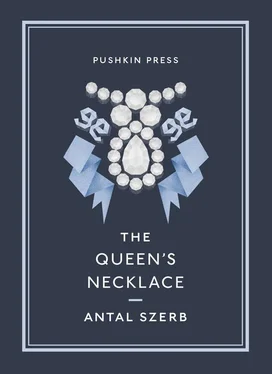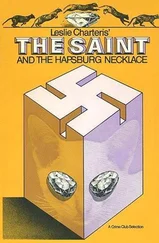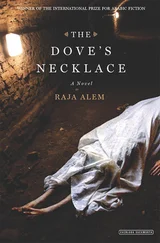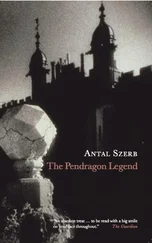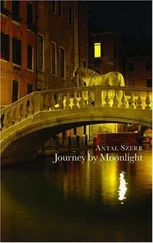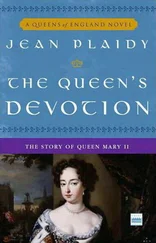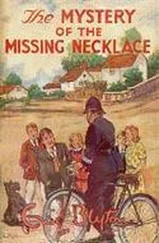Dr Mark Haven, quoting reliable witnesses, lists several occasions when Cagliostro’s treatment of the sick produced remarkable results. Many of his prescriptions and procedures are recorded. On the whole he knew little more, or not much less, than the official doctors of the time, though he did have one or two special remedies. He made use of the alchemists’ aurum potabile —‘drinkable gold’, a mixture of nitrate, grease and mercury. There was a ‘wine of Egypt’, reserved mainly for the elderly, and a ‘pick-me-up powder’ of which he was especially proud. When John Lavater, that rather odd philosopher and childhood friend of Goethe, founded the study of physiognomy and graphology, he called on Cagliostro to ask him what was the basis of his cures. The magus answered with an enigmatic smile: “ In herbis, in verbis, in lapidibus ”—through the magical power of herbs, words and stones — just like the doctors of the middle ages.
Nevertheless, his patients did get better. The obvious explanation, based on everyday experience, is that some of them would have recovered with or without medical intervention. A second reason was pointed out by his contemporary Baronne Oberkirch, whose notes on Cagliostro’s dealings with Rohan are extremely valuable. According to the Baronne, “Cagliostro cured only those who had a positive state of mind, or at least those whose imaginations were strong enough to assist the power of the remedy.” That is to say, Cagliostro practised what we would now call psychosomatic medicine — he cured his patients through the mind and imagination, directing the healing along an inner path. Like every other charlatan, he must have been a superb psychologist, and there is no doubt that his powers of suggestion were considerable. We should also remember that in past centuries the mentally ill produced many more physical symptoms than they do today. So whoever dealt with the psychic disorder removed the pathological accompaniment at the same time.
His own presence was mesmeric, as the Baronne knew well: “He was not particularly handsome” (Carlyle tells us that he had the broadest nose of anyone in the eighteenth century), “but I never saw a more striking physiognomy. In particular, his glance carried an almost supernatural profundity. It would be impossible to describe the expression in his eyes: at once fire and ice, it drew you in and repelled you; it demanded a response and aroused the most insatiable curiosity.”
Gradually, the upper echelons of Strasbourg society gathered round him. Marshall Contades, the Marquis de la Salle, Royal Councillor Béguin, Baron Dampierre, Count Lützelburg, Baron Zucmantel … their names are not very familiar to us but all were clearly members of the Alsatian nobility. A financier called Sarazin, whom Cagliostro helped to become a father, lived, with his wife, as a close neighbour of Cagliostro for many years, sharing a house for some of that time. Another person healed by the magus was Jeanne de la Motte’s patroness, Mme de Boulainvilliers. And all this entirely without charge.
The figure of the miraculous healer is naturally surrounded by countless legends, not all of them favourable. (We can imagine what the established doctors had to say about their unwelcome rival.) One of those stories, although very simple and entirely without foundation, is so delightful we cannot resist telling it.
A nobleman approached Cagliostro to ask for an elixir that would stop his wife being unfaithful. The man was given a little bottle.
“Before you go to bed,” he was told, “drink the contents of this phial. If your wife really is unfaithful, by the next morning you will have turned into a cat.”
The gentleman went back to Paris, told the story to his wife and drank the liquid in the bottle.
The next day the wife came into her husband’s room and saw a large black cat sitting on the pillow.
“Oh my God!” she wailed between her sobs, “I only deceived the poor fellow once, with that awful man next door, who really wasn’t worth it, and now I’ve lost the best man in the world, and I’ll never see him again!”
Whereupon the husband crept out from under the bed, and forgave her.
“Yes, yes,” I hear you say, my dear, long-suffering reader, “this is all very well, but where’s the profit in it? If he doesn’t charge the poor, or even the financiers and the aristocracy for his cures, what is he living on? It seems he really did take us all in. He wasn’t a charlatan, he was an idiot.”
Patience, gentle reader, you really must trust him. Cagliostro was a man of large views. He had no desire to get rich by healing the sick — the occupation of medicine was far beneath him. He was fired by a higher ambition, pursuing nobler game. The whole point of the miracle-doctoring was to bring him to the attention of the one person on whose account he had come to Strasbourg. The true mark of his genius is that he had calculated precisely which grand seigneur in all Europe would be the most susceptible to being completely taken in by someone like himself. That person was none other than Cardinal Rohan. Just as Boehmer had calculated that his wonderful necklace must end up around the neck of Marie-Antoinette, so Cagliostro had decided that if anyone would swallow the Great Egyptian mumbo-jumbo, the Great Pyramid moonshine, that person would be Rohan. And he waited — waited most patiently.
He did not have to wait too long. He had been residing in Strasbourg for just two or three months when the Cardinal, suffering from a severe attack of asthma, left Saverne and came into town to consult the miracle doctor. Cagliostro was summoned to the Palace.
He knew the hour had struck. He understood that everything he did now would be of critical importance, that everything would turn on first impressions. He returned the message:
“If my Lord Cardinal is ill, he may come to me and I will heal him. But if he is well, he has no need of me, nor I of him.”
Rohan was not accustomed to being addressed in this manner. Cagliostro won the first round, and the Cardinal went to him. The impression Cagliostro had on him is described by his secretary, the Abbé Georgel:
“In his somewhat uncommunicative face I saw such an imposing dignity that I was filled with a kind of religious veneration, and my first words were dictated by pure respect. Our conversation was fairly brief, but it filled me with the most ardent desire to get to know him better.”
So Rohan reacted precisely as Cagliostro might have imagined in his most optimistic daydreams. And the miracle he had been waiting for duly followed.
He continued to keep his distance; in fact his behaviour was at times almost hostile. But gradually he softened towards Rohan, and not long afterwards addressed him in these words:
“Your soul is worthy of mine. Your merits are such that I shall share all my secrets with you.”
They say that that day was the happiest day in Rohan’s life. Poor grand seigneur ! Fairy godmothers had stood round his cradle to furnish him with everything a man might desire: glory, wealth, a sensitive appreciation of scholarship and art. His life was encompassed by beauty and the calm knowledge of his own superiority. But he was one of those men who burn with a thirst for the eternal that no earthly joy can assuage. Had he not lived at the end of the sceptical eighteenth century he might have found in the Church itself what he looked for elsewhere in vain, and perhaps even become a truly sainted pope. But such was his fate — a false prophet entangled him in a bogus eternity. People in former centuries knew that at the end of the world the Antichrist would appear, doing everything that Christ had done, but that every one of his deeds would be false and his gold would crumble to dust in the hands of his followers. Rohan’s age was, in its own small way, the end of the world: its destiny was that of a world approaching its end — the fate of impending revolution.
Читать дальше
